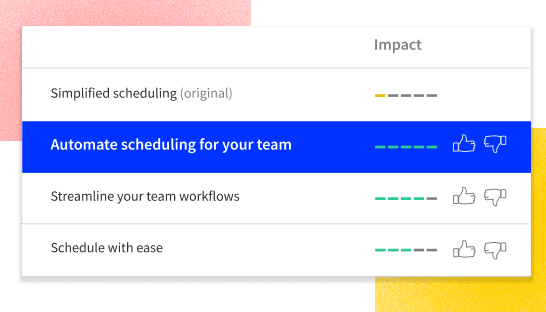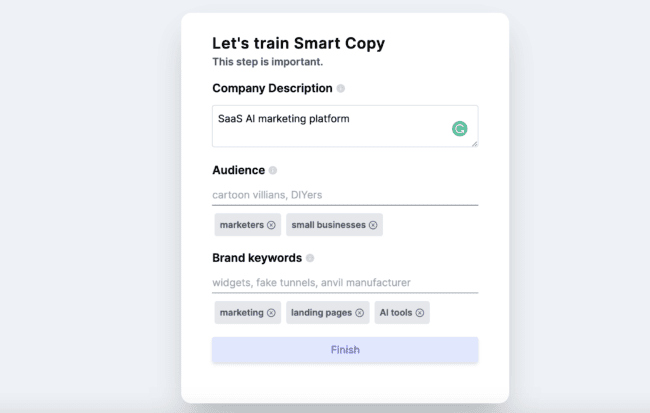We’ve all hand-washed our cars before (and regretted it), right?
We get lured in by fond childhood memories of soaping up the family station wagon. (It’ll be so nostalgic—I’d always spray Dad with the hose!) And then we’re sold by the idea of saving a coupla bucks. (Twenty bucks for a car wash these days?! That’s robbery.)
But then you gotta go round up all the right cleaning supplies. After three washes and rinses, you realize you’ve still missed several spots. You remember you have other household chores to do. You’re sweating. Gosh darn it—hand-washing a car is a lot more work than you remember!
Let’s be real. Many of us are not professional car detailers. We don’t have the right tools, the process takes longer than expected, and the results are… subpar at best. After a life lesson like that, most people opt for an automatic car wash despite the $20 price tag. Why? It’s easier, it’s faster, and it gets you a cleaner car. (Money. Well. Spent.)
If only there was something similar for doing all those time-consuming marketing tasks…
Wait—there is.
Marketing Needs to be Faster, Easier, and More Effective
How we think about marketing is similar to those childhood memories of washing cars. In theory, it can be a whole lot of fun. There are tons of opportunities to get your hands dirty, create killer content, and make a big impact on business growth. In theory.
If you’re marketing a small business, you’re already up to your neck in tasks that are getting your hands dirty. In fact, you’ve probably developed some serious calluses. (The allure of being an artisan is long gone.) Whether it’s a lack of time, resources, or skills, there’s always something holding you back from assembling those marketing campaigns you’d hoped for: eye-catching, relevant campaigns that convert your target audience.
Much like hand-washing your car, your expectations for your marketing campaigns are quite different from reality, aren’t they?
So here’s what we have to say: Say goodbye to doing it all by hand, by yourself. It’s time you run your marketing through conversion intelligence.
That’s Right—You Can Market Your Business Like You Wash Your Car
Whether we’re washing cars or marketing businesses, we want the same thing: an easier, faster way to get better results.
Instead of operating all the brushes and hoses ourselves, automatic car washes allow us to sit back, relax, and watch all the moving parts rinse, clean, and polish our cars. In minutes, we can have a sparkling clean ride.
That same effortlessness describes conversion intelligence—a new approach to marketing where you partner with AI to create those dazzling marketing campaigns you’ve always wanted. You’re still in the driver’s seat (you know your business more than anyone), but now you can kick back and have an AI team detailing your campaign for you—and trust that you’ll see more conversions in record time.
Intrigued? Then you’ll love how simple it is to get started.
The three-step conversion intelligence loop: Here’s how it works
Similar to running your car through the car wash, adopting conversion intelligence involves a few steps.
To convert your visitors, you need to know what content piques their interest and what kinda stuff they’ll glaze over. Traditionally, you’d be doing all the number-crunching yourself. But once you enter the conversion intelligence loop, you can hand over the baton to AI to sort through the data and tell you what’s relevant to your audience today.
This step sets you up for a successful campaign because you’re working with insights that are up to date and actionable. (You don’t go straight to waxing your car before you’ve even washed it, right?)
Much like the automated gadgets that wash your car, working with AI tools simply makes life easier. Powered by data, they can identify the online channels your audience uses, which designs and layouts catch their eye, and what words speak to them. With these insights on your side, you end up building high-converting campaigns right away.
Yep, without the testing and guesswork, the whole building process is done in a fraction of the time. (These AI-powered teammates are probably the best backseat driver you’ll ever meet.)
We don’t just wash our cars for aesthetics—it’s also to add longevity. Dirt, grime, and salt are natural enemies to your car’s paint.
Optimization operates under the same logic. The whole point is to get more mileage out of your campaigns. (You know, more conversions.) Thing is, optimization tactics require a lot of effort and attention—and many small business marketers don’t have either of those. So they launch their campaigns and cross their fingers it’ll bring in conversions.
With conversion intelligence, you have control over your content even after you launch it. Using its predictive capabilities, your AI sidekick helps you deliver more impactful, relevant content to your target audience. Instead of wishful thinking, you can launch your campaigns knowing they’ll convert visitors. It’s time to set the bar higher, y’all.
Here’s where it’s different, though: you gotta rinse and repeat
Hold up—the automatic car wash ain’t a loop. You go in one end and out the other.
You got me. The automatic car wash isn’t a perfect analogy. But that’s because what the conversion intelligence loop does is actually much more impressive.
https://fast.wistia.com/embed/medias/jy6ng3i5m2.jsonphttps://fast.wistia.com/assets/external/E-v1.js
When you leave the car wash and drive your car around town, it’ll eventually get dusty and dirty and go back to its previous condition, right? But when you run your campaigns through the conversion intelligence loop, it’ll never go back to its previous (worse) condition. Every time, you generate new personalized insights that’ll help you improve and refresh your campaigns. In other words, it can only get better.
To return to the car wash metaphor, imagine a car wash that loops on itself and gets your car infinitely cleaner with each pass. Sounds pretty futuristic, eh? That’s because it is. Conversion intelligence is the future of marketing. What will separate top-performing campaigns from the average ones are marketers who leverage AI to learn more about their audiences and improve their content.
With AI doing all the heavy lifting, how could you say no?
“So Uh, Where Can I Run My Marketing Through This Loop?”
Good question.
When you’re looking for the best car washes in town, you usually Google it, right? Try searching up “conversion intelligence” and see what pops up. (C’maaan, humor me.)
Yep, you’ll see Unbounce’s Conversion Intelligence Platform right at the top because Unbounce is pioneering this approach to marketing. While other AI marketing tools can certainly help you achieve conversion intelligence, we’re the first to launch a platform dedicated to helping small business marketers adopt conversion intelligence.
In other words, there are no prerequisites to get started. You don’t need training or marketing certifications to use our tools. They’re simple and straightforward—and they’ll keep you from being left behind in a competitive landscape.
There is a much larger problem going on even beyond Unbounce … the world is not built to support small businesses. It’s difficult to start one. They generally have fewer resources. Business owners are often wearing multiple hats. They don’t have the luxury of spending their whole day just thinking about marketing campaigns, landing pages, and conversion rates. — Tamara Grominsky, Chief Strategy Officer, Unbounce
Let’s meet your new AI-powered companions, shall we?
Meet The Unbounce Conversion Intelligence Platform
Platform
If you know us, you probably know us as a landing page builder.
While we still offer Classic Unbounce with our original drag-and-drop builder, we realized landing pages are not enough for small businesses to rev up their marketing and drive results—which is why we launched the Unbounce Conversion Intelligence Platform.
Platform.
With so much juicy conversion data in our back pocket, we decided to put it to good use and build a suite of AI-powered products to support your marketing. From the moment you enter the conversion intelligence loop, they’re there to help you learn, build, and optimize. Each product plays a role in optimizing your campaign—just like the different brushes and cleaning agents do in an automatic car wash.
While the plan is to continually evolve and grow our platform, here are a few tools you can start working with today.
Build your highest-converting landing pages with Smart Builder
Building landing pages definitely gets the creative juices flowing. From picking images to writing headlines and CTAs, the options are endless.
But that’s also why it’s tricky. With so many possible variations for copy, design, and layout, how can you truly know which combination will score the most clicks?
That’s where Smart Builder can help. And all you gotta do to get started is answer a few questions:
- What is your company or project name?
- What type of page is this? (i.e., what’s your industry?)
- What is the purpose of this page? (Are you lookin’ for leads or sales?)
- Do you want to include a form?
Once you provide some information on your industry and campaign needs, Smart Builder uses proprietary conversion data to design a pre-optimized layout that’s most likely to convert your target audience.
Then, as you plug in your content, it’ll continue to provide personalized recommendations to boost your chances of conversion—like suggesting alternative headlines based on high-converting copy in your industry.
You’re still the one putting the pieces together, just like when you run a car through a car wash—but you skip the hours of guesswork if you were to do it on your own.
Seriously, users starting out with Smart Builder are building landing pages twice as fast as those creating pages manually with Classic Builder. (While there’s no link here, we have the internal data to back this up.)
Write on-brand copy for all your content needs with Smart Copy
No matter your copywriting skills, everyone faces writer’s block—and a nasty bout of it can really set you back in your (already) busy schedule. Especially if you’re tackling all the content marketing on your own.
You need to write copy for the website, landing pages, emails, ads, blogs, social media captions, press releases, and a whole lot more. That’s a ton of writing on your plate (my hand’s cramping just thinking about it), which means there’s little time to get stuck on a sentence or idea.
But with Smart Copy, you have a copywriting assistant by your side to help you transform your ideas into compelling marketing copy instantly. All you gotta do is provide some info on your brand once, and you can expect the copy suggestions that fit your needs every time.
As you build and optimize your marketing campaigns, Smart Copy is truly there every step of the way. It can help you brainstorm ideas, expand on or remix content, and write original content.
That remixing capability is my personal fav. I’m always looking for ways to refresh and repurpose old content, but sometimes it’s hard to detach from my current copy and create something new. With Smart Copy, just copy and paste the old stuff and it’ll spit back something completely different. You can even customize the length and tone. Woah.
Deliver relevant marketing experiences with Smart Traffic
Creating and delivering relevant marketing experiences are essential for grabbing your audience’s attention—but it’s hard to do it (and do it well).
Why? Because your audience’s needs and behaviors are diverse and constantly changing. (That moment when you finally get the hang of Instagram marketing, and then you find out your customers prefer TikTok. Ugh.)
To keep up a finger on the pulse, marketers traditionally have two choices:
- Research industry trends.
- Monitor their data themselves.
But that’s a lot of work with a lot of room for error. Unless you’re referring to a study written last week or you have a knack for data analytics, your campaign runs the risk of being outdated. When you have to do everything yourself, you constantly feel one step behind.
Smart Traffic eliminates that feeling. Once you create a few landing page variants (to speak to your different audiences) and turn it on, you can rely on Smart Traffic to connect each and every visitor with the best-fit variant.
How? It reads your visitors’ attributes, such as geographic location, traffic channel, and device. So you can create variants that target visitors from different locations, devices, and traffic channels—and trust that Smart Traffic will route ‘em to the right page.
And as your audience evolves, it’ll automatically pick up on these changes—so your marketing will never go out of style. (Bring on “the TikTok.”)
For Small Businesses, This is Your One-Stop-Shop for Better Marketing
Sure, there will always be marketers that want to spearhead all the tasks themselves—just like there are folks who prefer to hand wash their cars. But for most of us, there’s simply not enough time in a day to do either of those things.
An automatic car wash is faster, easier, and gets you a cleaner car. You’ve got all the soap, water, wax, spinning brushes, and blasts of hot air you need to clean your car in minutes.
Similarly, conversion intelligence is faster, easier, and gets you more conversions—without having to break a sweat. With Unbounce’s Conversion Intelligence Platform, you acquire a team of helpers that will add the spit and polish to your campaigns for you. Finally, you have the time and resources to create the high-converting content you dreamed of.
Best of all, conversion intelligence is an ongoing process that keeps delivering better and better results. Oh, you just broke a record for your conversion rate? Put it through the loop again and see what happens.
What’s A Car Wash Gotta Do With AI-Powered Marketing? syndicated from http://nickpontemktg.blogspot.com/
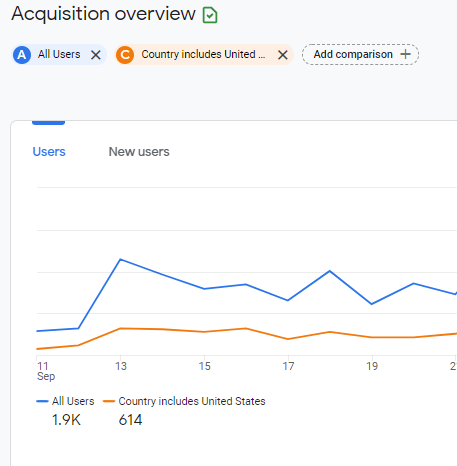
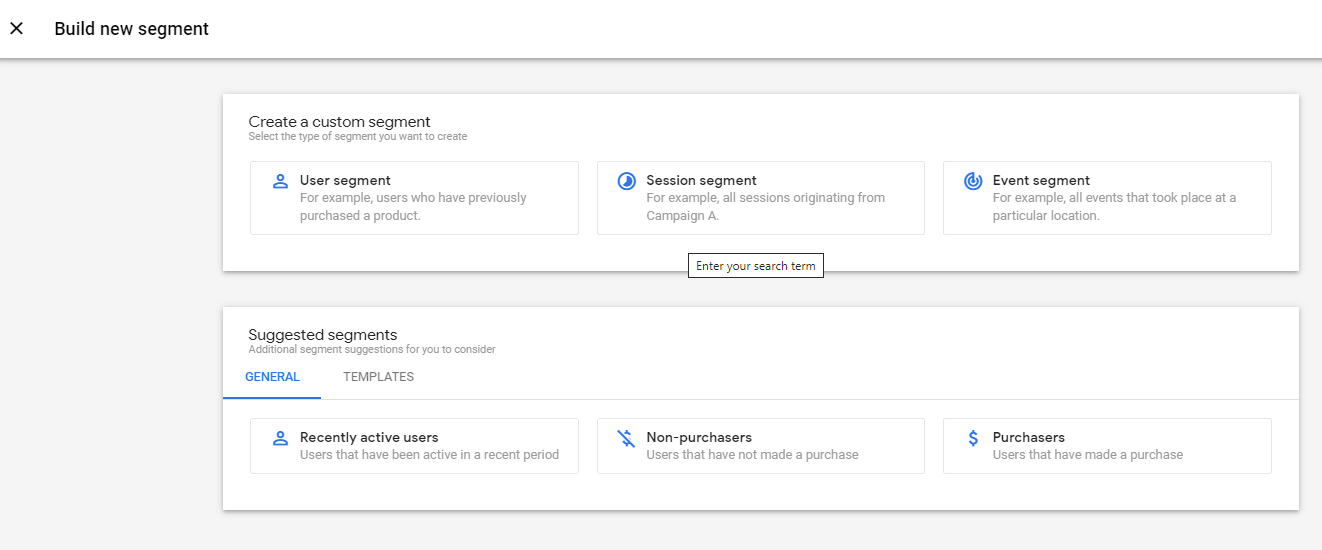
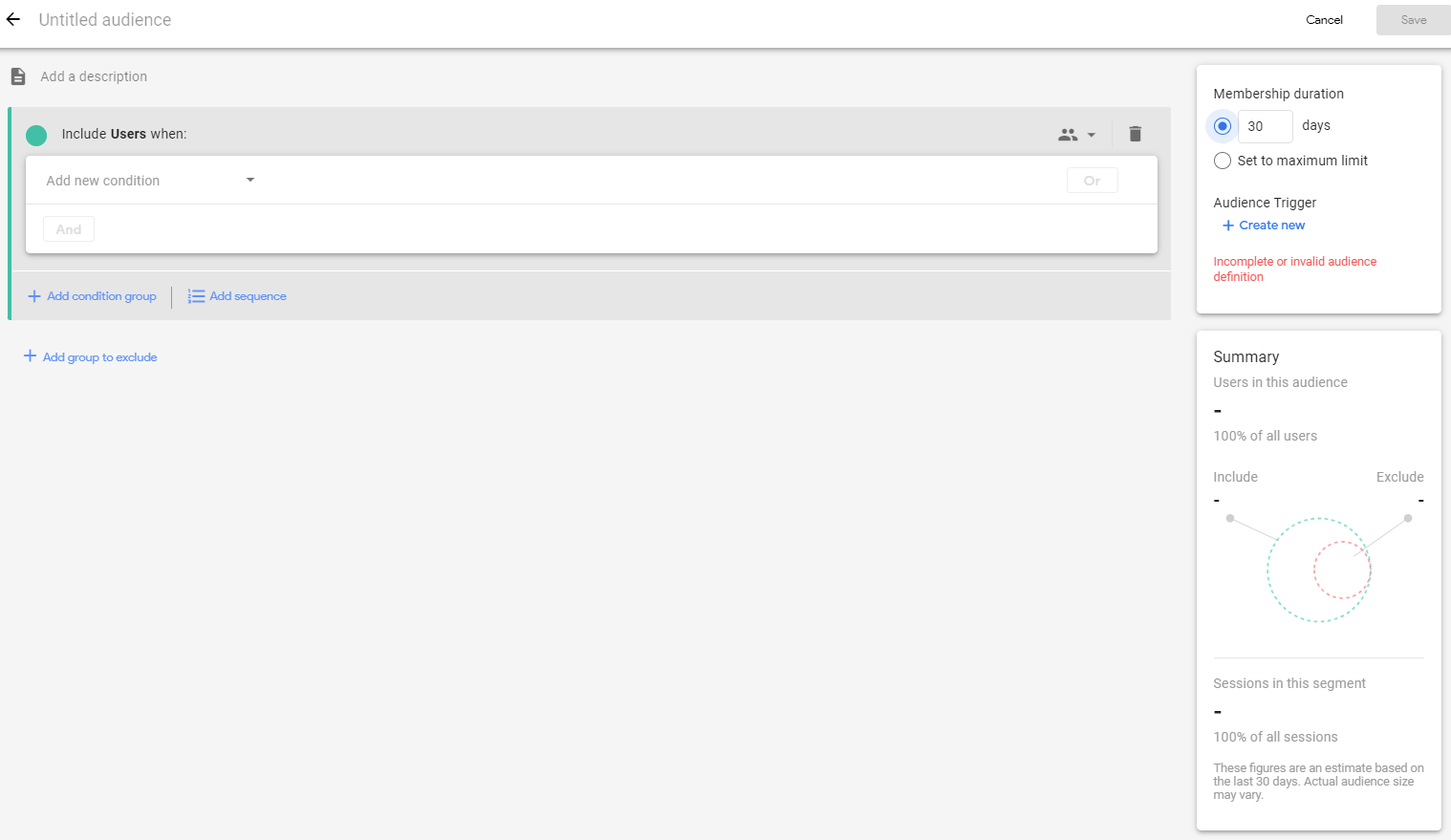
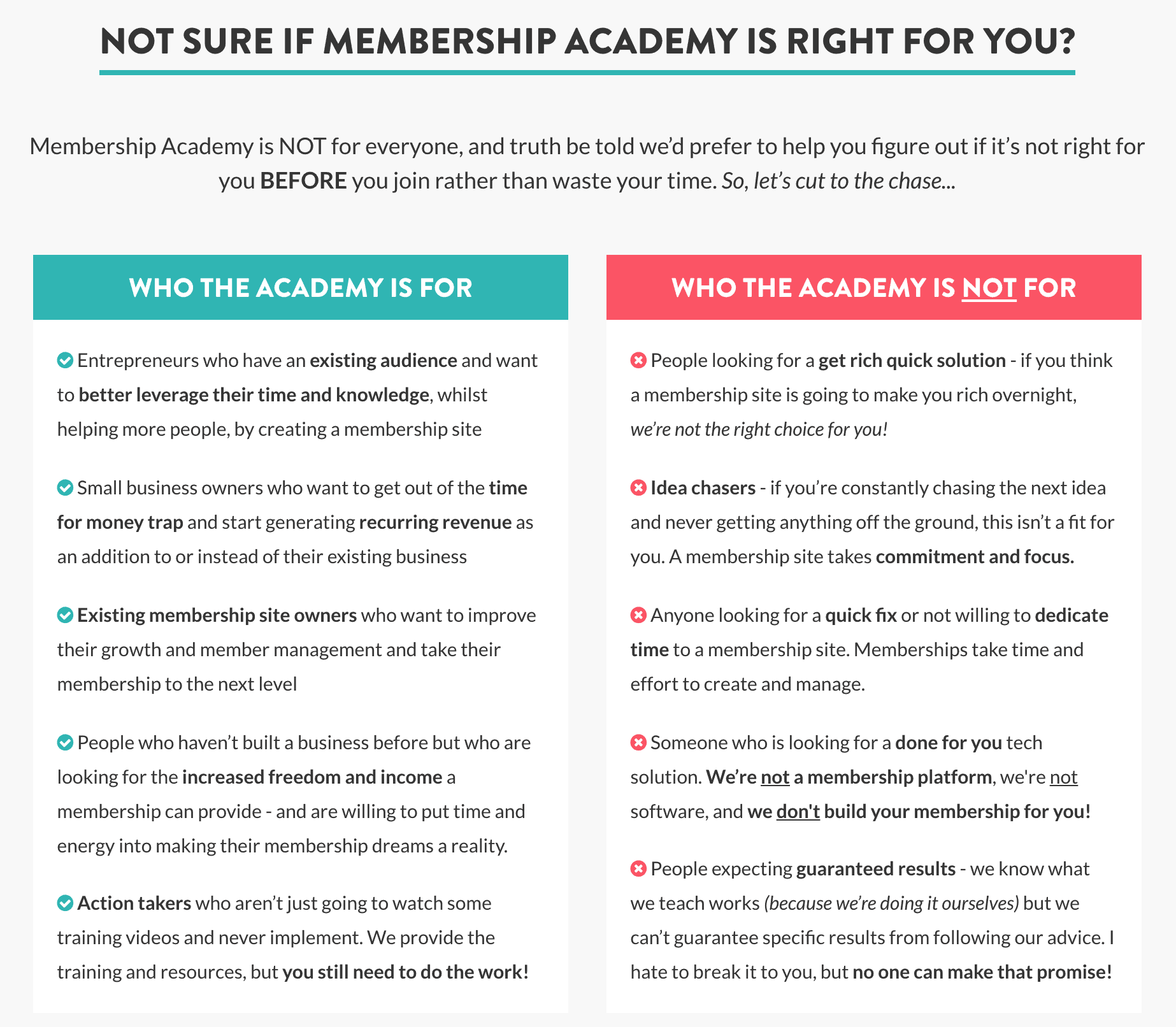
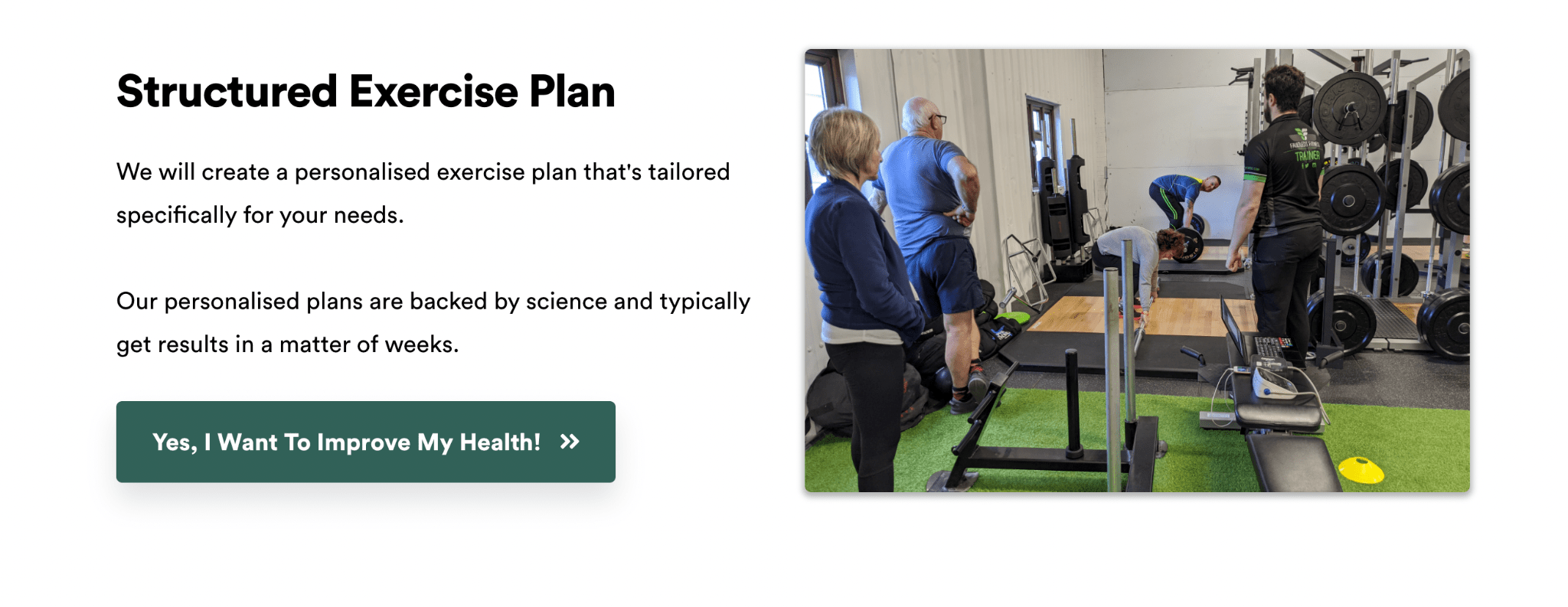
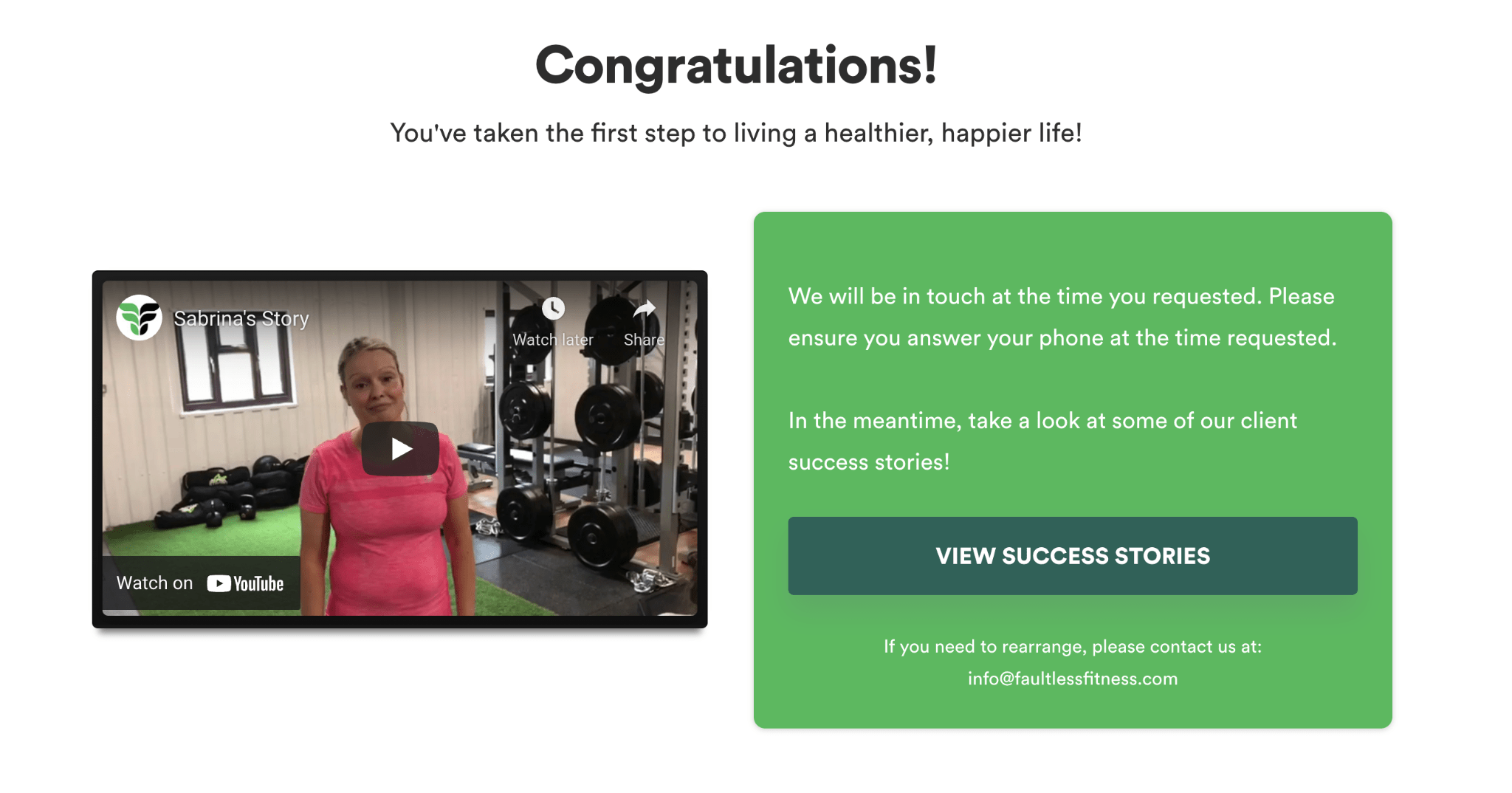

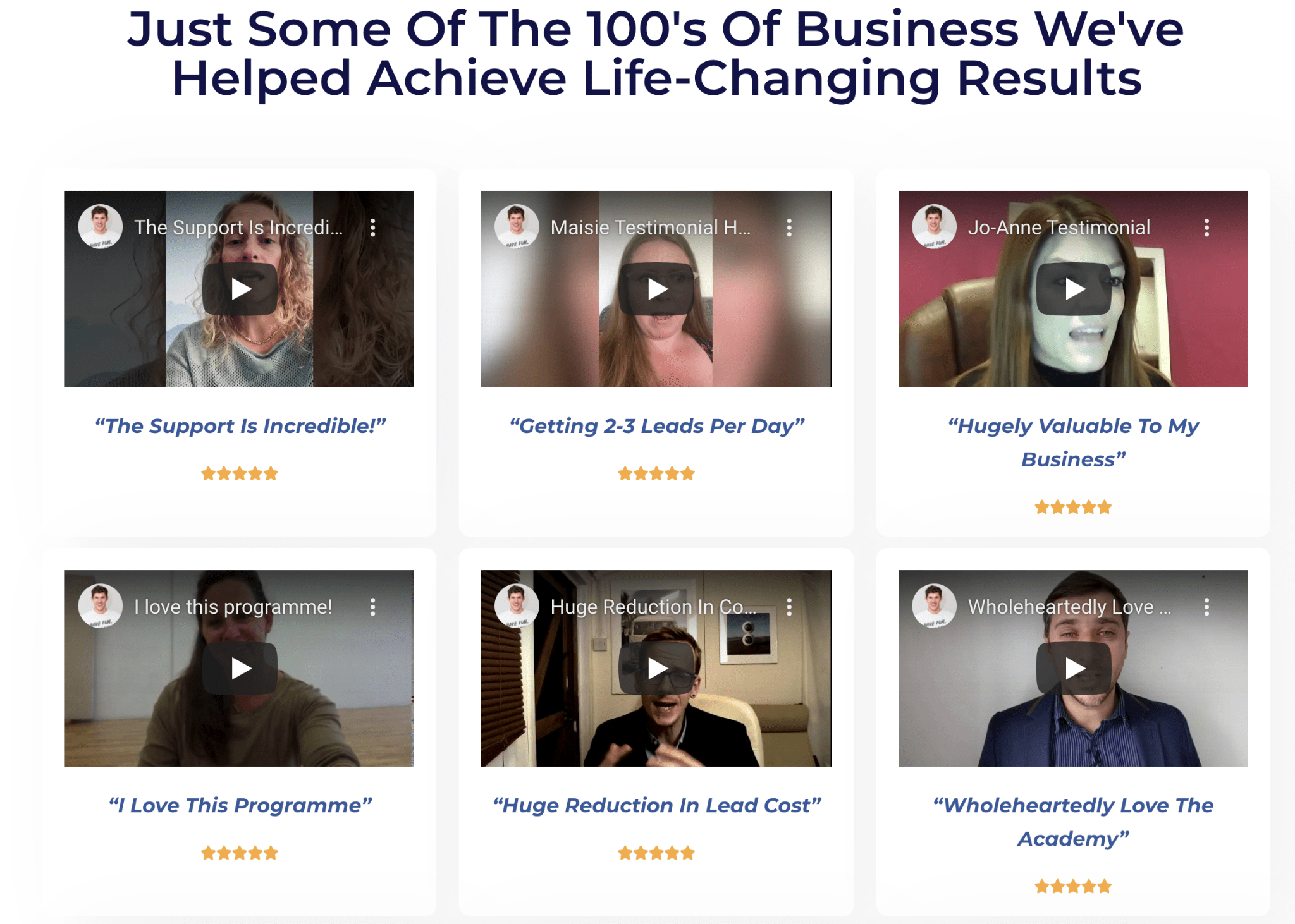
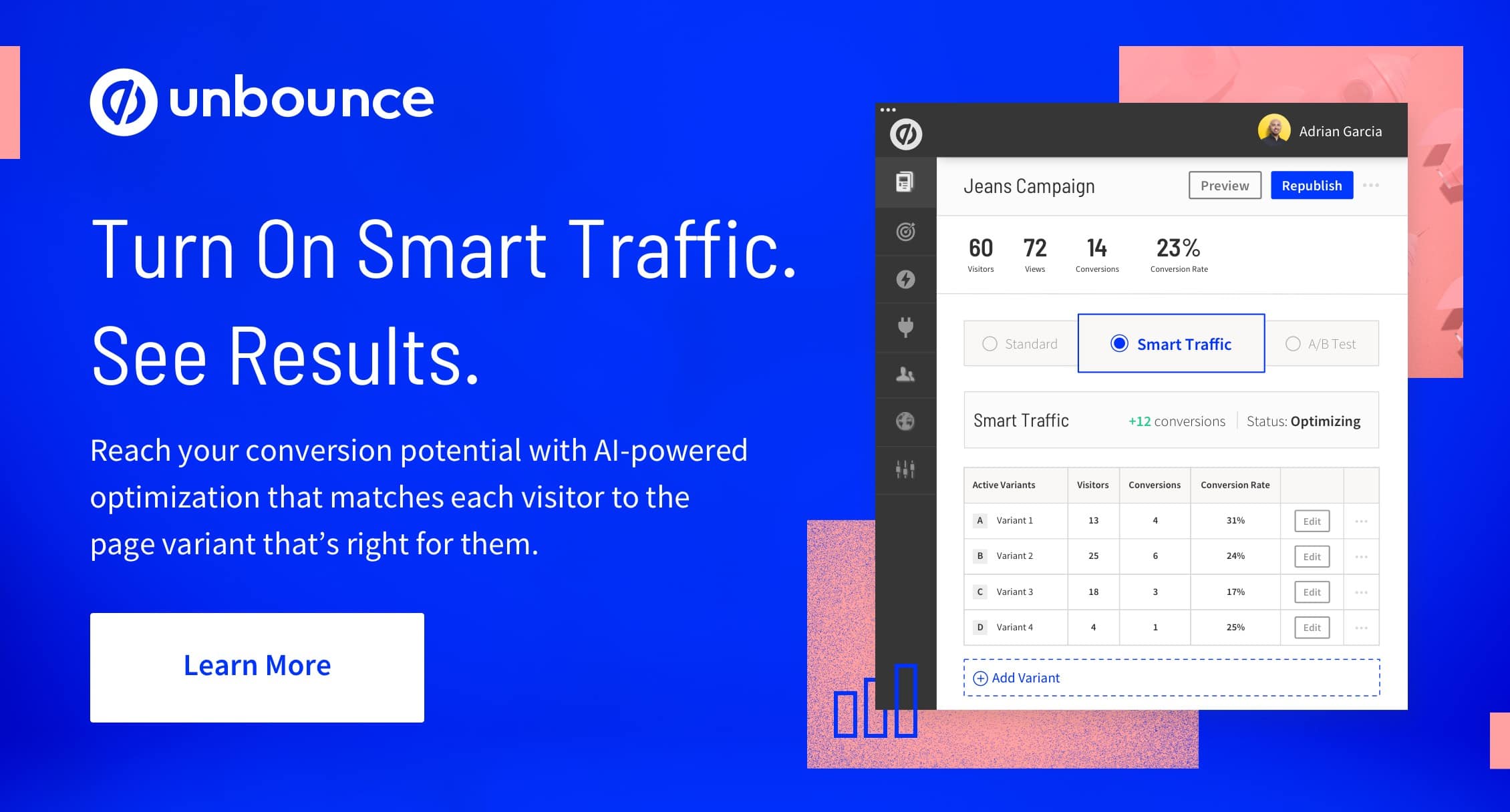




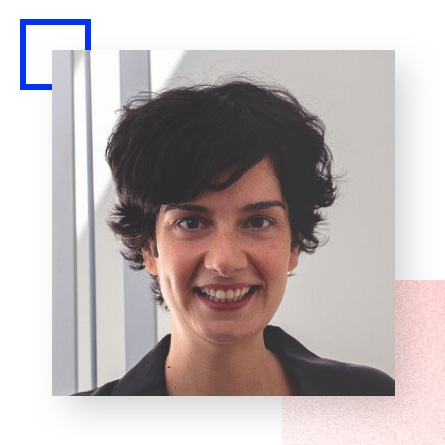
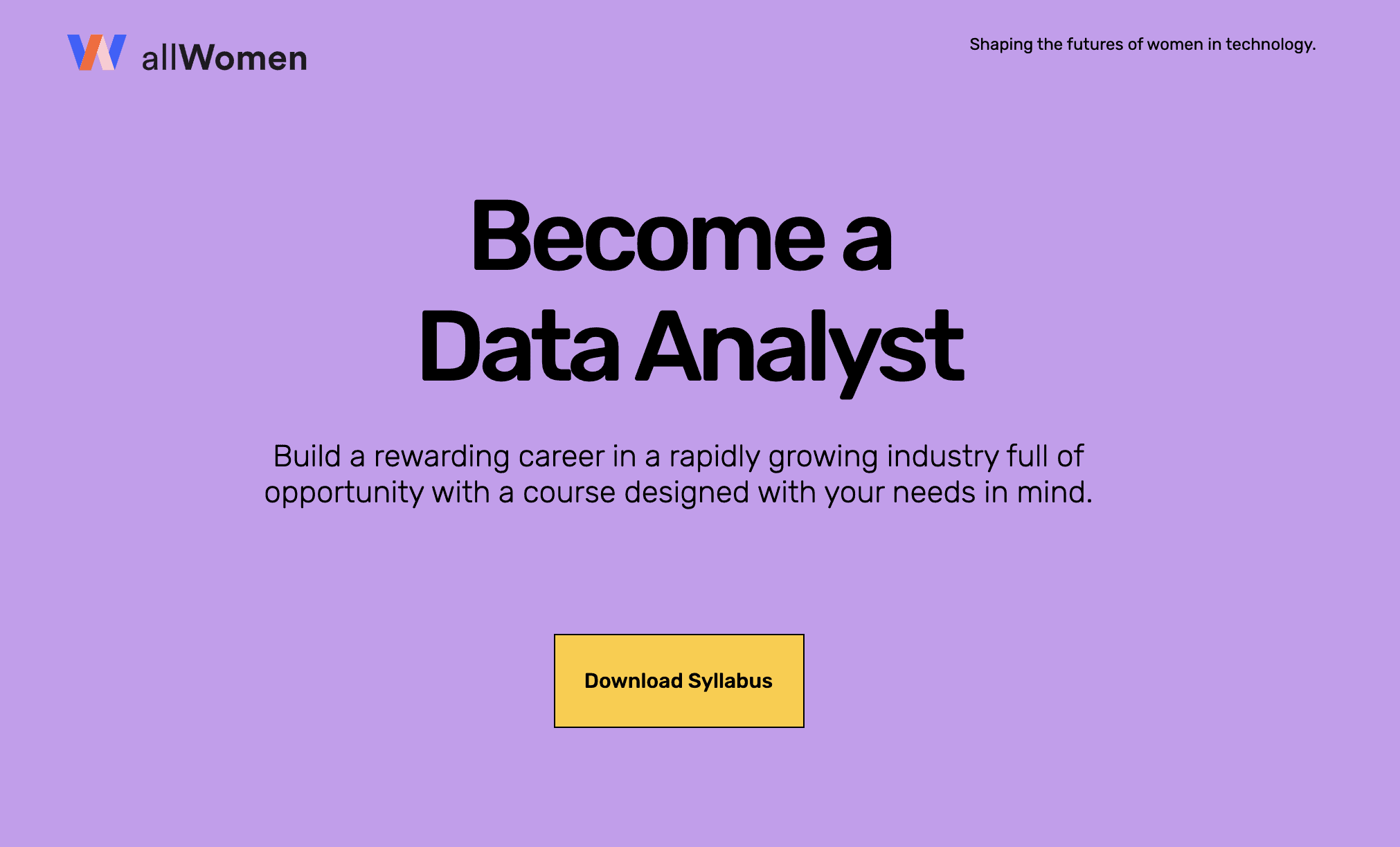
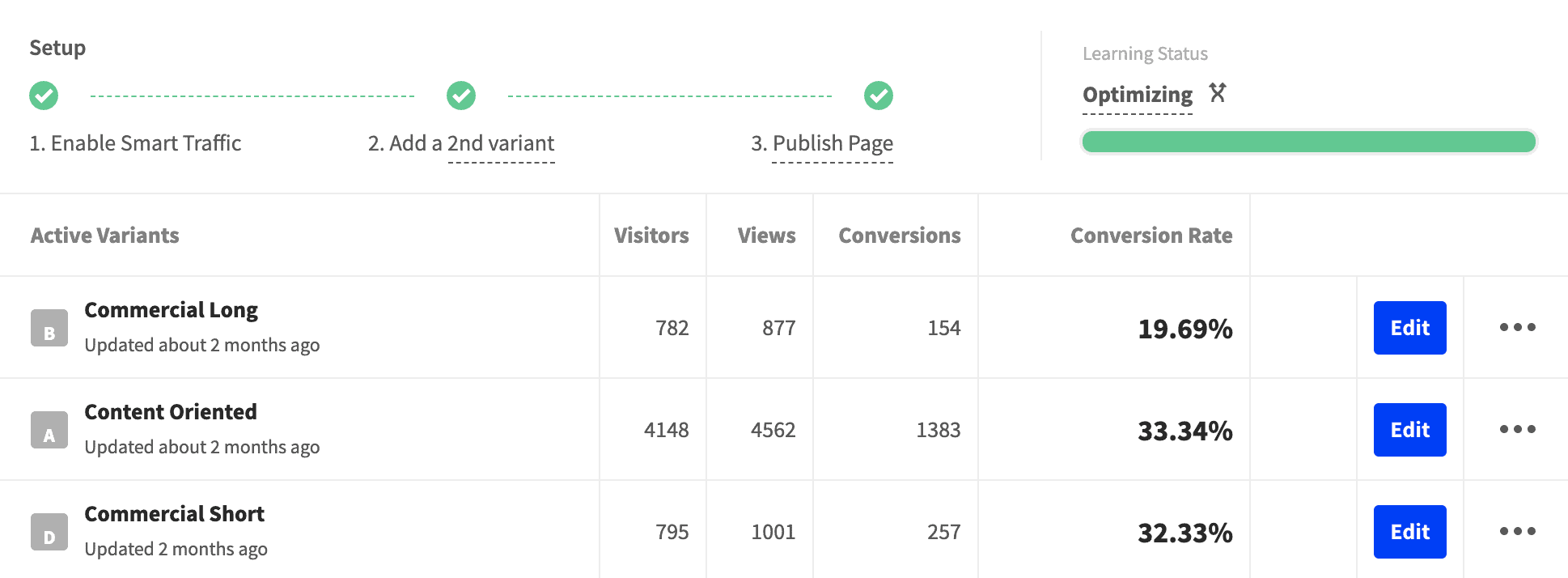
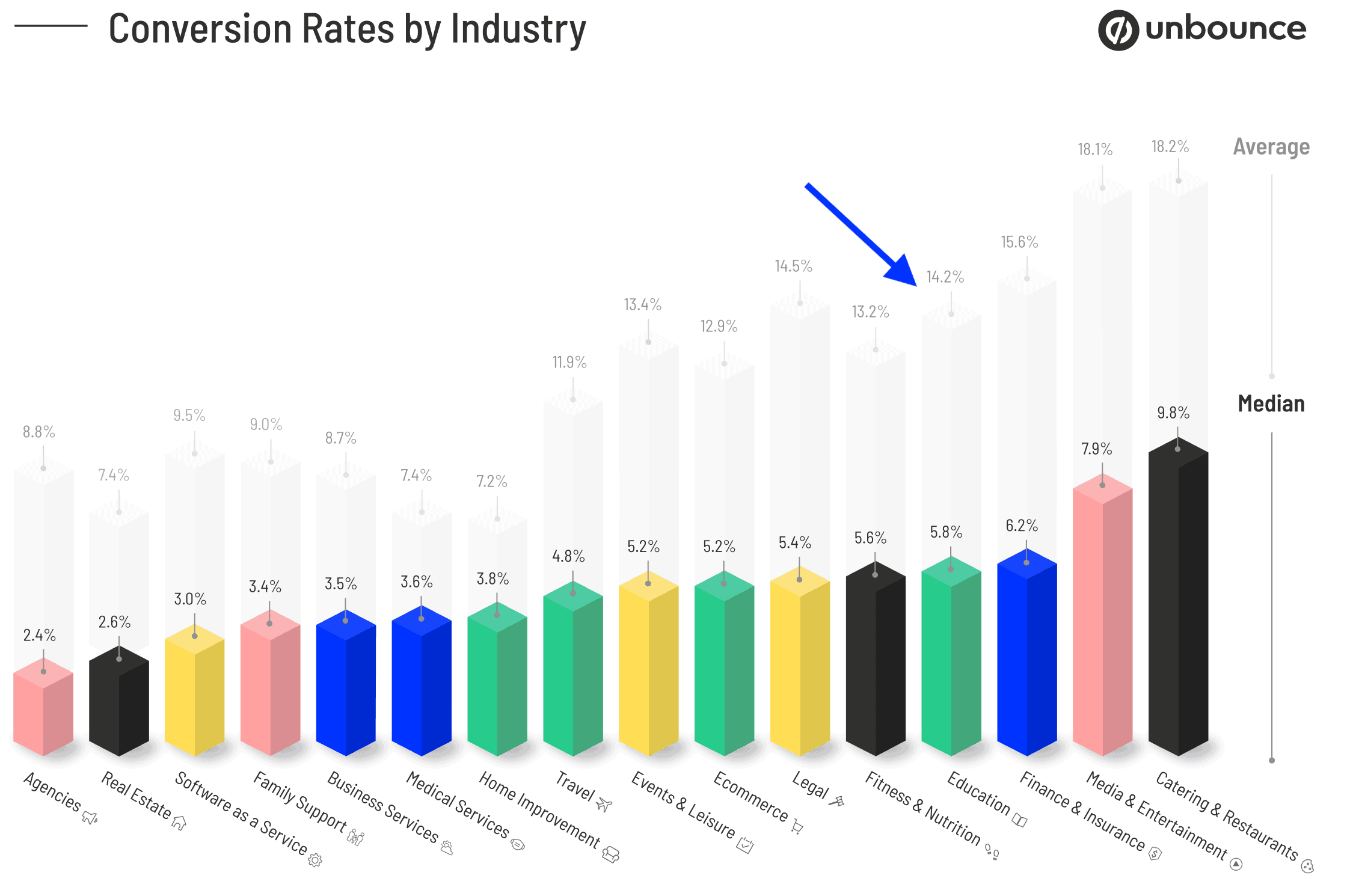
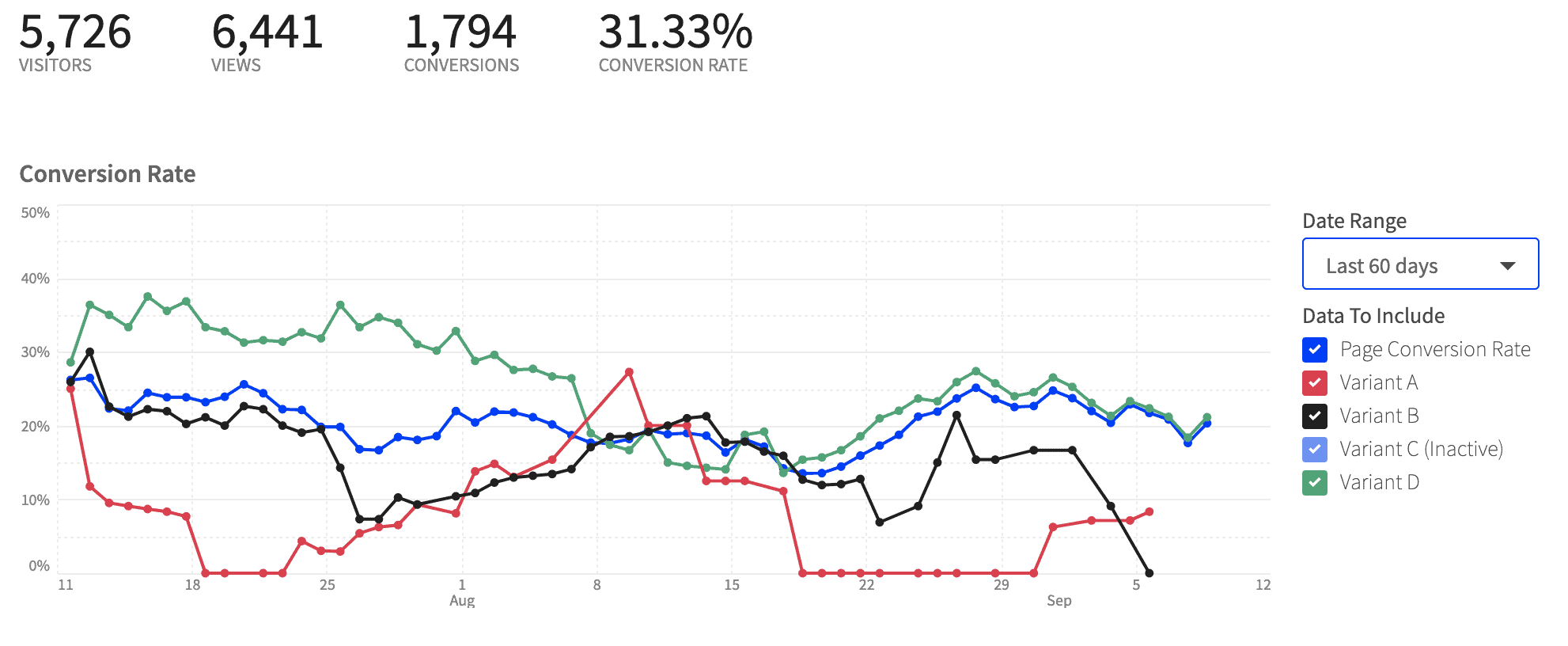
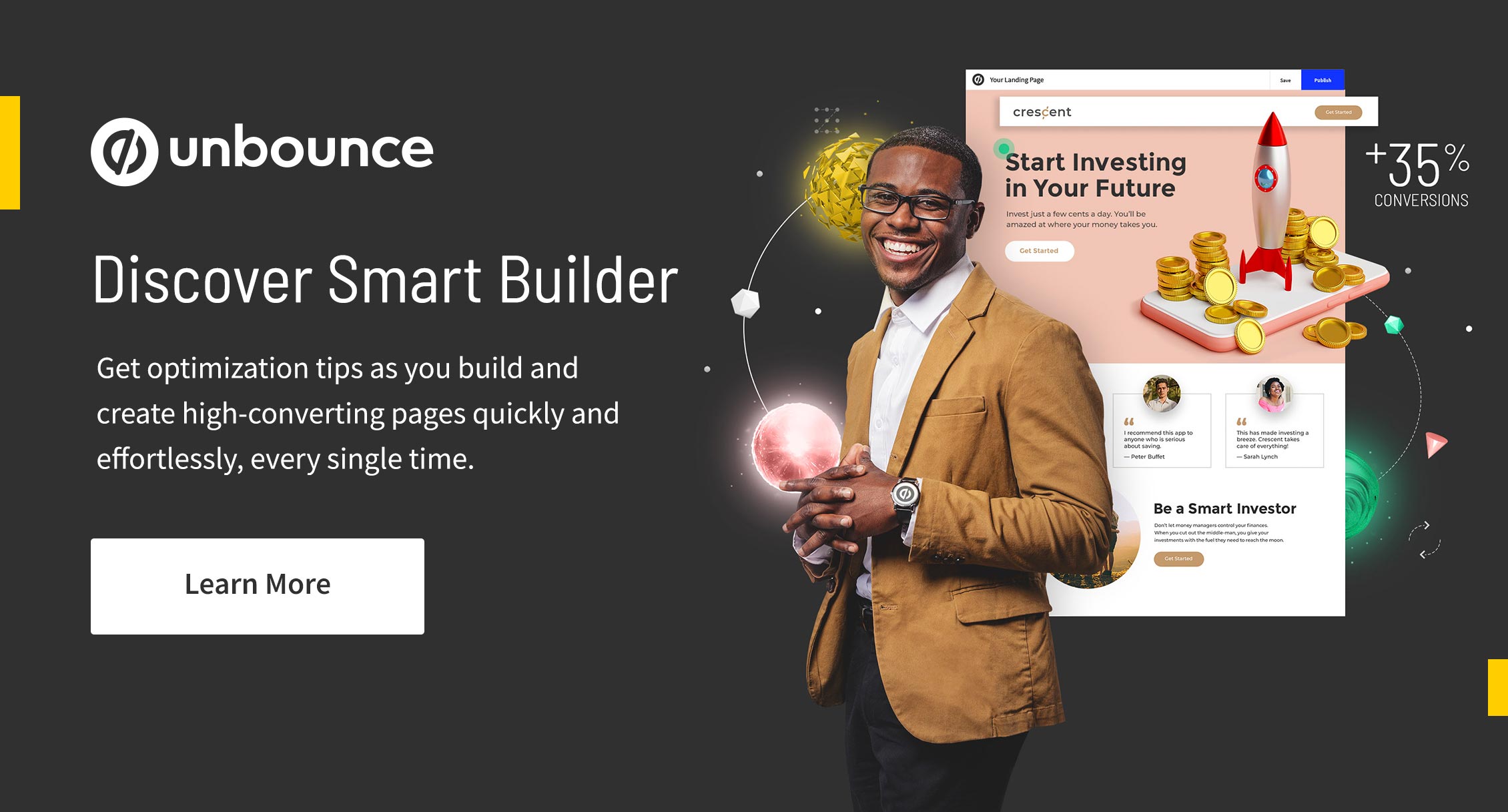

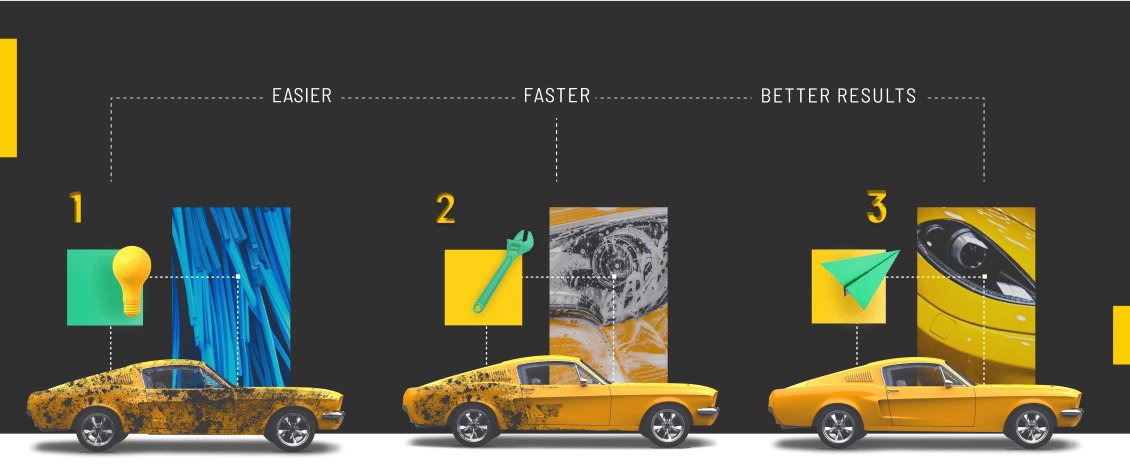
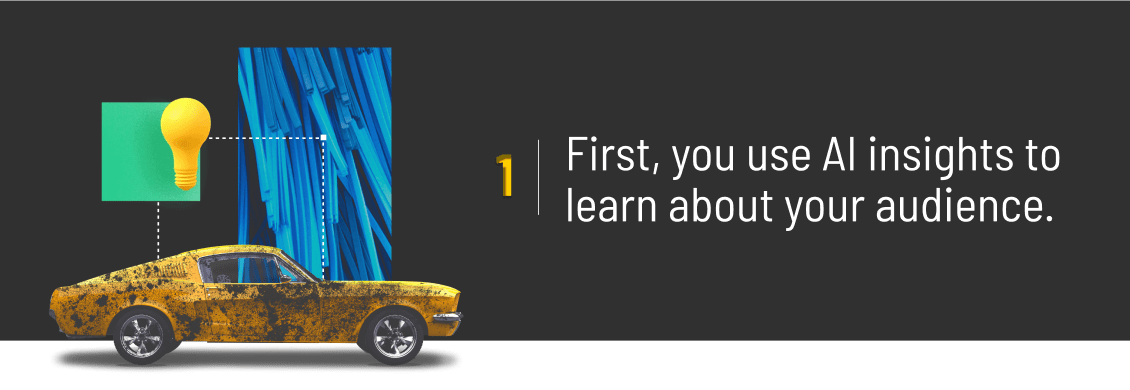
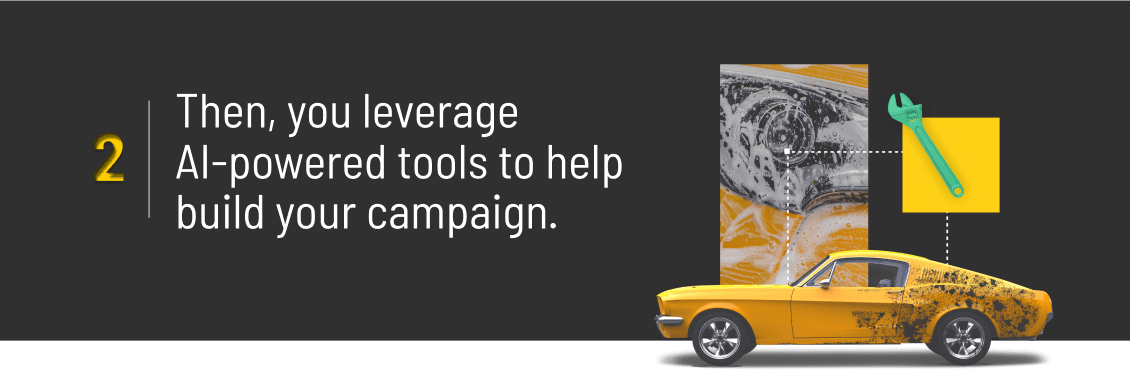
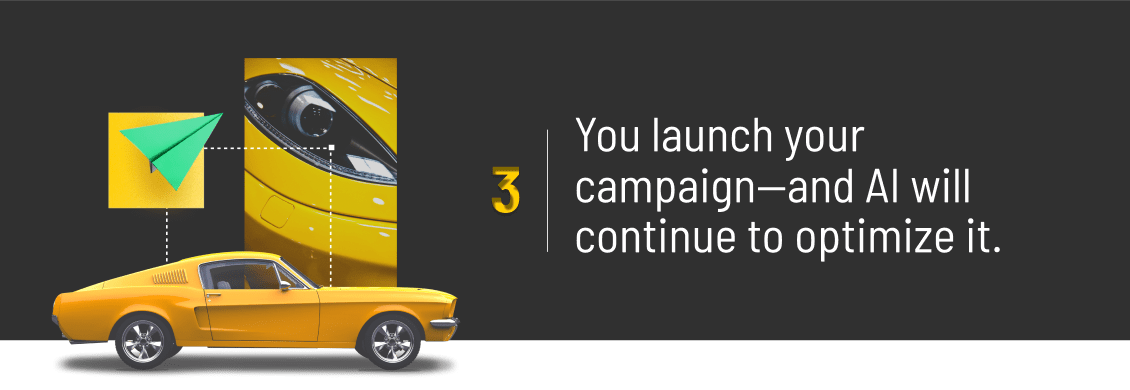
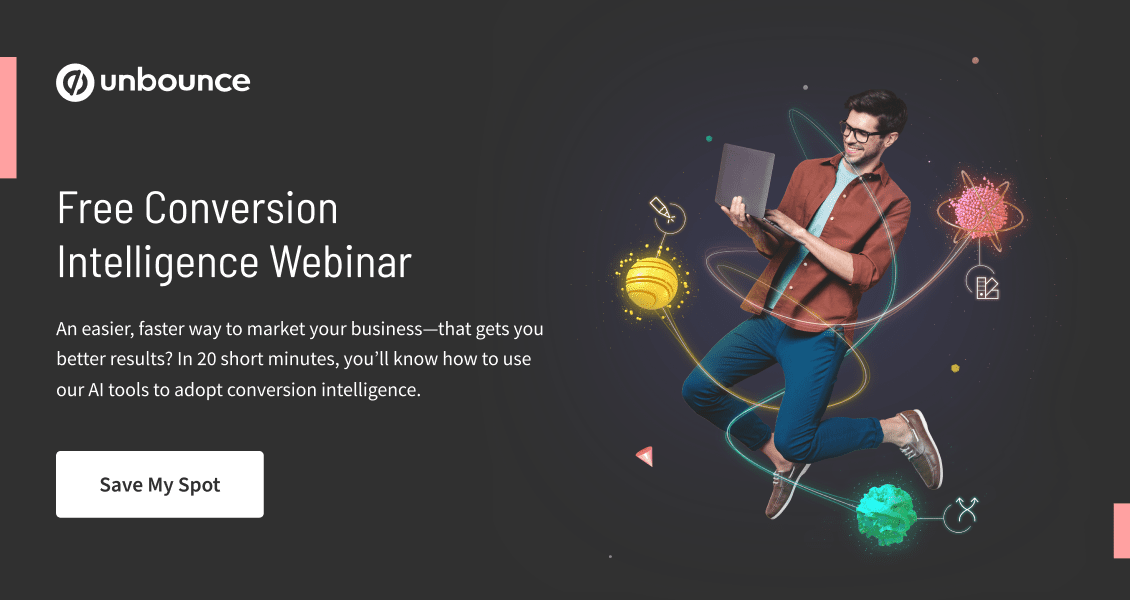
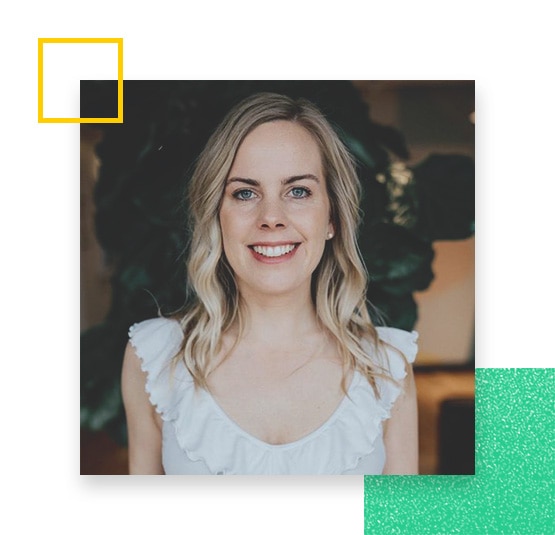
 Platform
Platform
